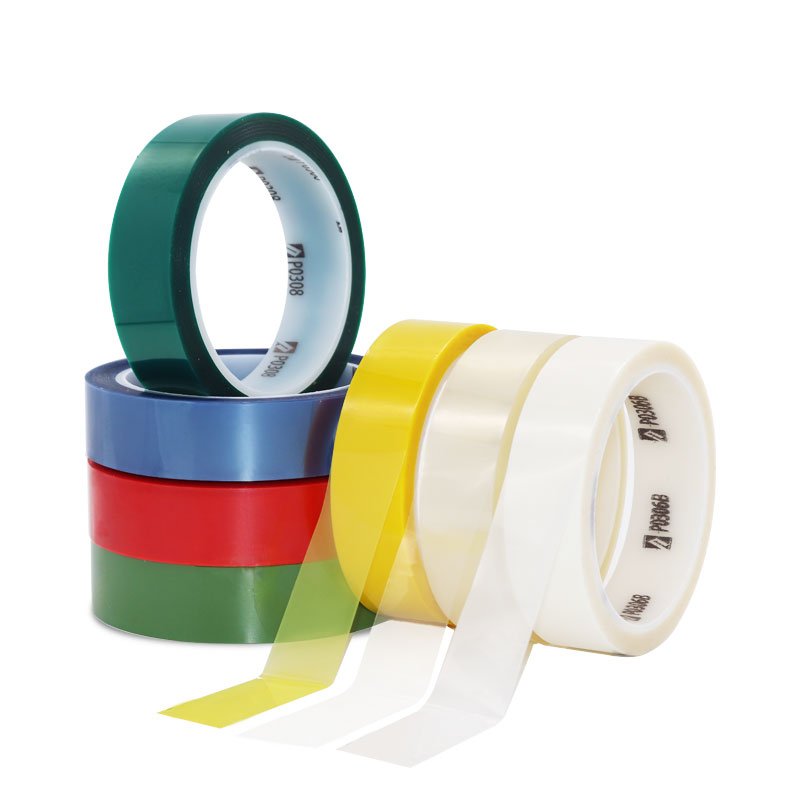What is the difference between Pet Tape and Masking Tape?
Masking Tape and PET Tape are too terms often used interchangeable, but are they really the same? Fundamentally, no, Washi Tape and Masking Tape are not the same. However, they have a lot of similarities and a common purpose.
In this article, we’ll explore how both types of tapes resemble each other, and where they differ!
A Short History of Pet Tape
In 2006, the entire washi tape craze first emerged. A group of artists went to the Kamoi Kakoshi industrial masking tape company in Japan and gave them a book filled with artwork they had made using the company’s products. The artists asked Kamoi Kakoshi to produce vibrant masking tapes just for them.
This marked the beginning of masking tape. 20 colors were initially available, each one chosen to highlight a different feature of the rice paper (or washi) used to create the tape. The tapes were much-liked by crafters, artists, and design enthusiasts in Japan as well as progressively outside. New hues, designs, and sizes arose as a result of success.
Are Pet Tape and Masking Tape the same?
Conceptually, they are the same. Originally sold as Japanese masking tape, the tape eventually adopted the name “washi tape” as its recognised international designation. The most well-known brand of washi tape is simply named mt, which stands for “masking tape.” It is also known as masking tape in Japan
At contrast to the normal masking tape you can get in a hardware shop, washi tape alludes to the fact that the tapes are made from Japanese rice paper.
Washi tape stems from masking tape, yet there are myriad key differences between the two types, including:
Material
If you hadn’t already guessed, washi tape is created from traditional Japanese washi paper. The word washi is a combination of the words wa, which means Japanese, and shi, which means paper.
This paper is hand-processed and traditionally created with local fiber.
The inner bark of the gampi tree, the paper mulberry (kzo) bush, the mitsumata shrub (Edgeworthia chrysantha), and other trees and shrubs provide the fibers used in the creation of washi paper.
Several traditional arts, like as origami, shodo, and ukiyo-e, prefer to use washi tape because it is also said to be tougher than paper derived from wood pulp.
Masking tape, also known as painter’s tape, is made of a thin paper that is simple to tear by hand.
However, a few premium masking tapes are available that are constructed of polymer film rather than paper, although these tapes are a little more expensive.
Adhesive
PET tape has a low tack adhesive, which is a pressure-sensitive adhesive that allows for easy removal without harming the surface and may be used to reposition or reuse the tape anywhere.
The adhesives used in masking tapes can either be acrylic or rubber.
Acrylic has excellent UV resistance, durability, solvent resistance, and temperature tolerance. It can be water-based or solvent-based.
Rubber adhesives are typically medium to high tack and can be produced from synthetic or natural rubber.
Use on paper
PET tape has a significantly weaker adhesion than masking tape, which could cause the paper to break when it is removed.
The low tack adhesive in washi tape makes it easy to remove from most papers, but not tissue materials.
Residue
Pet tape is a wonderful option for rental properties and other similar locations because it is simple to remove, leaves no residue, and does not damage the surface.
Pet tapes, especially if they are left on for a long time, can leave a sticky residue and chip off paint and other finishes.
Longevity
When used on a wall, washi tape can endure for a year or longer.
The majority of masking tapes have a one-year shelf life and are made to stick to surfaces for up to 60 days, depending on the surface.
Surface compatibility
Masking tape is a popular option for many do-it-yourself projects since it adheres effectively to both level and asymmetrical surfaces.
On the down side, using masking tape on some surfaces, like glass, may cause the paper portion of the tape to eventually peel off.
Biodegradable
While the adhesive portion of masking tape is typically not fully biodegradable, the paper portion is 100% biodegradable.
Washi tape is entirely biodegradable because it is constructed entirely of substances that are very renewable, even the adhesive.
Youcan PET Tape and Masking Tape has the same function.please check the details in the following:
PET high temperature tape is made of polyester film as backing,coated with silicone pressure sensitive adhesive. It has the characteristics of high temperature resistance, not easy to break when connecting, high adhesion, soft and appropriate, no glue residue after tearing off, acid and alkali resistance, corrosion resistance, and leakage prevention.














